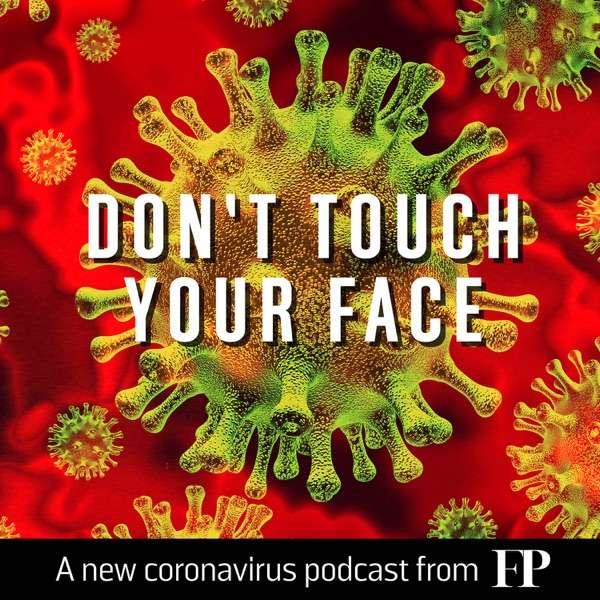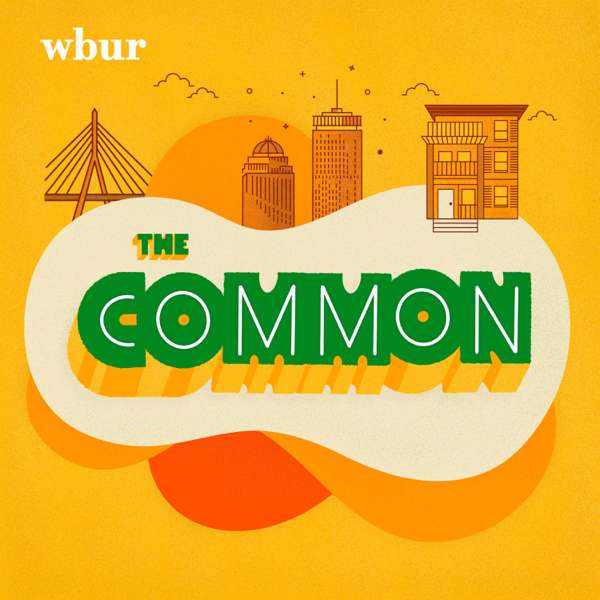Eight is an auspicious number in Chinese and other Asian cultures. That’s why some leaders of the local AAPI communities chose yesterday, 8/8, to unveil their new plans to commemorate Denver’s old Chinatown. It was at one point one of the largest Chinatowns in the American West, but now all that’s left is a racist old plaque a few blocks from where the neighborhood once was. City Cast Denver host Bree Davies sits down with one of the organizers, Dr. William Wei, to hear how the old plaque brought the group together, why it’s so important to enact change now, and what they hope for the future.
Dr. William Wei is professor of history at CU Boulder, a former state historian, and the author of Asians in Colorado, which you should read if you want to learn more about the history of Colorado’s Chinese community.
As unveiled at the event at Zoe Ma Ma across from Union Station yesterday, here is Dr. Wei’s proposed text for a new plaque commemorating Denver’s old Chinatown:
Denver’s Historic Chinatown: 1869-1940
Of the over 20 Chinese communities that once existed in the American West, Denver’s Chinatown was one of the largest and most prosperous. Chinatown’s origins can be traced to an anonymous Chinese immigrant who arrived in Denver in June 1869. He was probably one of the Chinese railroad workers who were mostly responsible for building the western half of the famous Transcontinental Railroad that unified the country economically and culturally.
Chinatown was located on Wazee Street between 15th and 17th Streets, extending up to 22nd Street. It was a flourishing frontier community that provided a wide range of ethnic goods and services in a welcoming environment to Chinese immigrants working in Colorado and the Intermountain West. The Chinese immigrants performed mainly physical labor such as working in mines and building infrastructure. Eventually, they were relegated to marginal livelihoods such as laundrymen and cooks. Even though there were comparatively few Chinese residents, the local white population perceived them as an economic and cultural threat. Chinese encountered racial hostility and were denied civil rights, economic opportunity, and social equality. This hostility gave rise to “The Chinese Question,” a national controversy over whether Chinese laborers should be allowed to immigrate to the United States.
Local antagonism led to Denver’s anti-Chinese race riot. On October 31, 1880, an estimated 3,000 to 5,000 Denverites descended upon Chinatown to destroy it and drive out the Chinese. During the mob’s rampage, they lynched and beat to death a laundryman named Look Young. Though the murderers were brought to trial, they were acquitted of the crime. Despite continued tensions, most of the Chinese community remained to rebuild Chinatown. What sounded the death knell of Denver’s Chinatown were national laws preventing Chinese immigrants from establishing families in America and even from entering the country. Ironically, Denver’s anti-Chinese riot was cited as one of the reasons why the U.S. Congress enacted the disreputable Chinese Exclusion Act (1882) to ensure social stability.
Since the end of World War II, Chinese and other Asian Pacific Americans have returned to Denver’s lower downtown area to live and work. No longer confined to an ethnic enclave, they can now be found throughout the Greater Denver Metropolitan area and Colorado.
Looking for more stories of Denver past, present, and future? Look no further than the City Cast Denver newsletter. Subscribe now and get your first edition tomorrow morning: https://denver.citycast.fm/newsletter/
Tweets tweets tweets tweets tweets tweets @citycastdenver
Learn more about your ad choices. Visit megaphone.fm/adchoices

 Our TOPPODCAST Picks
Our TOPPODCAST Picks  Stay Connected
Stay Connected







